By Zoltan Szabo and Jamie Drummond

Zoltan and Jamie take California
Zoltan Szabo: As much as I get around, I had never been to California. But that changed about a month ago when I found myself on an Air Canada flight to San Francisco. My travelling partners were John Szabo MS, Evan Saviolidis, Jamie Drummond and Stephan Hebert from Montreal, who I had not met before: a quiet guy but a really good taster. Our guide and hostess was Angela Lyons from the Treasury Wine Estates, which has several premium wineries in Sonoma.
Jamie Drummond: Having dated a young lady who lived in San Francisco for quite some time, I had often managed to find myself in California for “work” reasons over the past few years. Perhaps I had overfamiliarised myself with the wines of the Golden State, but I had not tasted anything that had truly piqued my interested for quite some time.
When the opportunity arose to take a short trip to both Sonoma and Napa to visit the properties of Treasury Wine estates, I realised that the time had come for me to revisit California wines. And when I saw the calibre of my travelling companions I realised that we would be in for a very educational trip indeed…
ZS: After a good flight and getting a car rented in San Francisco, I was driven across the city and the Golden Gate Bridge, which I’ve learned was built by the same company as Lisbon’s 25 de Abril Bridge [see my GFR report on Portugal, here.]
Made a pit stop for a couple of Negra Modelos and burrito once we crossed the bridge and admired the panoramic views of the city of San Francisco, the bay and Alcatraz. Then we headed full speed towards Sonoma on a gorgeous and sunny day of 35 degrees Celsius.
And yes, I can say I was very happy and much looking forward to the adventure.

Tasting at Sbragia Family Vineyards
ZS: First stop, Sbragia Family Vineyards in Dry Creek Valley, in the hottest and driest part of Sonoma with only eight inches of rain per year, an area with cattle, sunflower, palm trees, creeks, mountains and vineyards, hawks cruising in the bright and sparkling sunny sky, rolling hills with olive trees, very much reminding me of Tuscany. Perhaps the many Italian immigrants from the past thought the same.
Sbargia, who was chief winemaker at Beringer for years, released his first vintage in 2006 and was dealing with the current harvest when I was at his headquarters, surrounded by free form – no trellis vines and vineyards planted over red, sandy, volcanic soil. Felt much like in a Mediterranean zone, climatically speaking. The lovely Sally Anthony conducted a smart and to-the-point tasting and learned that the 2007 vintage here was incredible, Sbargia hand–picks everything and some of the top wines come from high altitude vineyards, some solid, not-shy-in-oak, impressive wines here, see my top ones below. Dinner at Charlie Palmer’s Dry Creek Kitchen was excellent, I remember the delicious halibut & paella and lots of great wines from Brent Smith of Vintage Wine Estates.
2007 Sbraiga Chardonnay Gamble Ranch Napa Valley
Fruit sourced from single vineyard in Napa. Rich, full and luscious, spicy butterscotch – flavoured with balancing acidity and a long finish.
![]()
2007 Sbragia Cabernet Sauvignon Wall Vineyard Napa Valley
The Wall Vineyard is located atop Mt. Veeder at 2,400 feet altitude. This is a fantastic, plush yet complex red with currants, plums, exotic herbs and floral nuances, integrated sweet tannins and mineral, oak toast flavours on its long – lasting finish. The 2007 Rancho Del Oro and Cimarossa Cabernet Sauvignons are also exceptional.
![]()
JD: Some of the Sbraiga wines were very good indeed, a couple being truly exceptional… although I did find the oak treatment a little heavy on a few of them for my own personal taste… particularly the Gamble Ranch Chardonnay mentioned above. Many people love that particular Napa Valley style of Chardonnay, but at 15.4% alcohol and with 18 months of oak, I would have great trouble pairing that with food.
As well as agreeing with Zoltan on the Wall Vineyard Cab, I was also rather impressed with the highly perfumed Ranch Del Oso:
2007 Sbraiga Cabernet Sauvignon Ranch Del Oso Howell Mountain Napa Valley
Very floral with rose petals and violets. Very fine tannins make for a supremely elegant wine. Obviously Napa Valley but a stunning example of what can be done with Howell Mountain fruit (1800 feet) Not an inexpensive bottle by any means, but worth every penny.
![]()

The "Champagne" buildings at Asti
Next morning we visited the historic Asti Winery, located in the Alexander Valley AVA with the Russian River right behind it, former home of the Italian Swiss Colony established in 1881 and with its “Champagne” cellar being the first significantly important winemaking facility in California. There’s a huge underground concrete tank of 500,000 gallons and right inside it the good folks of the winery once partied for tree days in the past, celebrating the end of harvest.

Inside the old Asti winery
Pietro Rossi, a pharmacist from San Francisco, was the first winemaker of the colony with Charles Jadot in charge of the “California Champagne program” back in the old days. Nowadays, Cellar No. 8 wines and Souverain wines are made here, since the latest, the actual “Chateau” was sold to Coppola. Tradition meets modern technology, some of the old tanks are still in use and a state-of-the-art winery is built beside the old one. Jeff Collins is a wonderful guy, he was celebrating his birthday right on the day of my visit. Tasted few very good multi – blend reds and other wines.
2006 Souverain Cabernet Sauvignon Winemaker’s Reserve Alexander Valley
A selection of fruit from best lots and best 100% new French barrels. Ripe, maraschinos, cassis, plums, oak chocolate and mint. Full and warm with muscular tannins, will age well.
![]()
2008 Souverain Sauvignon Blanc Souverain Alexander ValleyBarrel fermented, citrus, savoury, spicy, medium weight with refreshing acidity and pink grapefruit, blood orange, melon flavours and finish.
![]()

Tasting with Margo Van Staaveren at Chateau St. Jean
Margo Van Staaveren has been with Chateau St. Jean since 1980, a UC Davis graduate, started working here as a lab technician. There are 35 different wines made here with half of the total production being Sonoma County Chardonnay.
Since Margo took over winemaking, I noticed a slight shift in style, a very positive one in my humble view, she’s not only a great person, but also a very talented artisan of the grape.

The boys enjoy some Canadian Thanksgiving turkey sandwiches at Chateau St. Jean
Had a great tasting with her and great turkey sandwiches after for lunch, given it was Canadian Thanksgiving on the day of my visit.
Margo told me that Jean is actually a real person, the first owner of the winery, and she’s still around, popping by the winery once in a blue moon.

Jamie and Margo at Chateau St. Jean
Conversation took a historic curve, mentioning the contribution of Agoston Haraszrty, a Hungarian count who first brought vitis vinifera cuttings to California. Also learned that sizewise Sonoma is tree times of Napa, finished my sandwiches washing down with delicious Chardonnays and departed the winery and the Sonoma Valley AVA with a big and satisfied smile over my face.
2006 Chateau St. Jean Cinq Cepages Sonoma County
This is 93% Cabernet Savignon. Black raspberry, herbal – floral, eucalyptus. Full and tighter that the 2007, possessing a serious structure, I predict that it will age easily for ten plus years. Also like the 2007 which is fleshier and more approachable and 75% Cabernet Sauvignon in it.
![]()
2007 Chateau St. Jean Chardonnay Robert Young Alexander Valley Sonoma County
Grapes come from 14 different lots and are fermented separatly with blending being a very important aspect, it spends 14 months in cellar before bottling. Full and creamy with candied lemon, peach and vanilla flavours, juicy acids and a great length. No malo here. Will age and benefit from it. The 2008 Belle Terre is lighter, despite malolactic fermentation.
![]()
2007 Chateau St. Jean Pinot Noir Benoist Ranch Sonoma Coast
The vineyard is located on the border of Carneros with Sonoma Coast. Dijon clones, two tons of grapes per acre. Plums, blueberry, meat, sweet earth, cardamom. Fuller – style with smooth tannins and long, pleasantly warm finish.
![]()

Tasting with Winemaker Jon Priest at Etude
The Études by Frédéric Chopin are three sets of solo studies for the piano, that’s what I had in my mind when approaching Etude winery, located right in the City of Napa, on the border line between Sonoma and Napa. Preferentially, many of the wines here are labeled as Carneros AVA, considered a cool climate area, although there was 33 degrees Celsius on the day of my visit and I could not believe my eyes looking at so many windmills across the vineyards. Winemaker Jon Priest was welcoming me and conducting the tasting, briefing, despite harvest being fully on, and the most difficult one ever, the coolest in the history of California.

Zoltan and Winemaker Jon Priest at Etude
Chardonnay, Pinot Noir and Merlot are the most planted grapes here, grown in “uplifted Bay bottoms”, volcanic granite, clay and loam soils. Jon told me that many of the vineyards are former dairy land for cows and the cool ocean breeze, the San Francisco Bay effect is absolutely beneficial for Pinot Noir. The winery is a former Remy Martin distillery. Jon makes some fantastic single vineyard wines here, especially Pinot Noir, with depth, complexity and vibrancy, giving true meaning to the word and name of winery, “Etude”. See some of my favourites below.

On the crushpad at Etude
ZS: I saw a crane peacefully and graciously walking by the car when leaving the winery, driving to Stag’s Leap via the Silverado Trail, on a stunning early evening.
2007 Etude Pinot Noir Carneros
100% estate grown, 12 different clones and different soil types, fruit from 49 different lots. Whole cluster pressed, cold soak, punch downs, extended maceration post fermentation, on lees for 12 months, no racking until bottling, all French oak, 30% new. Black raspberry, blueberry, licorice, floral, spicy. Pure and vibrant with sappy, soft, chalky tannins and minerally finish. 2,500 cases produced.
![]()
2005 Etude Cabernet Sauvignon Napa Valley
Fruit from alluvial bench from up and down Napa Valley, different districts and climates, fermented separetly. Red and black berries, savoury – floral, graphite. Not heavy yet complex and so very elegant, fresh acids and silky tannins. Just wonderful.
![]()
JD: I really enjoyed tasting with Jon Priest as he has a certain charm when speaking of the fruit sources for his wines… a sparkle in his eye. My favourite of the Etude line up was undoubtedly the Heirloom Pinot Noir:
2007 Etude Heirloom Pinot Noir Carneros
Caramel, toffee, baked sugar, blackberries, and black tea. These are the words that came to mind as I stuck my nose in a glass of the Heirloom for the very first time. There are also lashings of primary fruit characteristics that add up to make this Pinot quite a complex beast to understand. This wine really does need to evolve though… it’s still a baby.
![]()

A Sunset Tasting at Stag's Leap
Christophe Paubert is the new winemaker and general manager of Stag’s Leap at this must – see winery, surrounded by pomelo, hibiscus and palm trees with the smell of flowers and herbs and a giant cactus flowering right in front of the cellar door. Basalt and volcanic rocks all over and crickets singing, I experienced one of the most gorgeous sunsets here, before we got to tasting a most fabulous dinner prepared by chef Rodger Babel.

With Christophe at Stag's Leap
Paubert, with an impressive background including positions at Chateau d’Yquem and Gruaud-Larose as well as projects in Chile, Spain and Washington State, had his first vintage just released and welcomed us with the lovely 2009 Viognier. It will be interesting to see what will happen here, given that a world–class winemaker is running the show, in predict that we will see some extraordinary wines coming out soon.

Cactus at Stag's Leap
2007 Stag’s Leap Ne Cede Malis Napa Valley
An exotic and very elegant red from start to finish, so it is the 2007 Petite Sirah. Also tasted the 2006 Cabernet Sauvignon The Leap, made from 100% Stag’s Leap AVA estate fruit, another excellent wine. Learned that Stag’s Leap has a few rows of Peloursin plantings and dinner time discussion was about Petite Sirah (or Durif), cross between Syrah and Peloursin.
![]()

Sculpture at Vista Point.
ZS: We spent a full day with Jerry Comfort, in charge of wine education at Beringer. He took us on a tour of appellation vineyards and we had an extraordinary lunch with him atop of Howell Mountain’s Bancroft Ranch, just below 2,000 feet altitude, with a picturesque pond. On the menu: lengua (cow tonge), carnitas (pork confit) and pollo (chicken) burritos from La Luna Market and Taqueria in Rutherford, simply divine, with wines coming right from the vineyards around us, grown in very complex, red, iron – clay, alluvial, Tuff (compressed volcanic ash) soils.

Jerry Comfort and John Szabo MS
He talked about fish – friendly farming and the dangers caused by dry and hot winds and bushfires. Thankfully, he explained, a cold current from Alaska keeps the air cool. The bay used to come up until Yountville millions of years ago and we also talked about the diversity of soil types in Napa. There are 15 AVA in Napa with very diverse soils and micro – climates, with 48,000 acres planted under vines (in comparison, there are 78,000 acres under vines in Sonoma) with the average price of $200,000 per acre for premium vineyard land.

Food and Wine Pairing with Jeffy Comfort
We drove along the San Pablo Bay, an extension of the San Francisco Bay, on the borderline of Napa and Sonoma, below the actual town of Sonoma. Talking about this ancient marine layer – volcanic soils, it is said that due to this there are more unique terroirs in Sonoma and Napa, than in France altogether…
JD: I wonder what the French have to say about that…

The perfect wines for a mountaintop picnic replete with Ox-Tongue Burritos
ZS: I visited the Grace – Benoist Ranch on Felder Road, Stanly Ranch, Big Ranch Road Vineyard and Berta Vineyard driving by large size road signs with a “Support your local cow” inscription.

Those infamous Ox-Tongue Burritos
Made a stop atop Vista Point’s “Crusher Dude” statue and got a clear, 360 degrees view of the valley with San Pablo Bay, Mount Diablo on the East, Mount St. Helena on the North West, Mount Tam on the South West, the Napa River just below with sturgeon, salmon and steelheads running its length.
I saw many windmills across the vineyards here too and Jerry told me about aspersion being a common practice, as well as firing up torches in the middle of the vineyards to get protection from frost.

Zoltan and Jamie with Beringer Winemaker Laurie Hook.
Jacob Beringer, founder of Beringer, was the cellarmaster at Charles Krug, the first winery in Napa. Laurie Hook is winemaker at Beringer nowadays. She conducted an excellent tasting, including a mini – vertical of the Private Reserve Cabernet Sauvignons. See notes below.
Leaving the winery, I remember walking by 2,000 years old sequoia trees and the lingering finish of some of the superb wines I have just tasted.
2007 Beringer Alluvium White Knight’s Valley Sonoma County
Blend of Sauvignon Blanc and Semillon. Rich, smoke – minerally, multi – layered, white peach, floral, medium plus bodied with a wonderful texture and great intensity of flavours, finish.
![]()
2008 Beringer Chardonnay Private Reserve Napa Valley
Lemon, dried chamomile flower, grilled pineapple, vanilla, hazelnut, mineral. Full and flavoursome, so much goin’ on here, needs a bit of time, impressive indeed.
![]()
1996, 1997, 2005 and 2006 Beringer Cabernet Sauvignon Private Reserve Napa Valley
The 1996 so fresh, Bordeaux – like, savoury, mint – mineral, drinking now; he 1997 is fuller, more black fruit and tight, complex, certainly needs more time. The 2005 full, lush and sweet; 2006 just a baby. Also great the generic 2005 Napa Valley Cabernet Sauvignon.
![]()
So, going back to soil, or terroir if you wish, Napa (and so is Sonoma) so diverse, complex and multi – dimensional, with more than 50 million years in formation, winemakers told me that the world’s 50% of soil types can be found right in this valley, which statement I truly believe. The ocean and its cold currents, the bays, the two major mountain ranges, rivers and creeks, and Mediterranean – kinda climate, the cows and hawks, and people, all being part of a fascinating biodiversity that make this part of Planet Earth a spot close to God’s heart.
Farmers re-invigorate soils with compost, many practice all natural, sustainable – organic, and even biodynamic viticulture. I mentioned fish – friendly farming earlier, didn’t I?

Tasting at St. Clement
The headquarters of St. Clement Vineyards in St. Helena bears the name of the patron saint of sailors and stone cutters. Sold to Sapporo in the the 80’s, it then was purchased by Beringer in 1999. The actual house that is now the headquarters of the winery was built back in 1878.
Winemaker here is the young, talented Danielle Cyrot, taking charge since 2005. Also a UC Davis graduate, has staged in France and the McLaren Vale of Australia. She set up a great tasting and also orchestrated a challenging blind tasting, trying to give meaning to “Rutherford dust”, a term referring to the dusty character of some wines coming from that particular area.
2006 St. Clement Cabernet Sauvignon Oroppas Napa Valley
80% cabernet Sauvignon with the rest Cabernet Franc, Merlot and Petit Verdot. Fruit comes from Howell Mountain, Spring Mountain, Mt. Veeder, Diamond Mountain and Rutherford. Full, dense and almost integrated, a bit of oak poking out, finish comes with clove – deep spice accents. Not lacking freshness, tannins are well managed. Also very good the 2007 Napa Merlot with fruit from Abbits and Big Ranch vineyards, and the 2006 Napa Cabernet Sauvignon, fruit from Calistoga and Spring Mountain. Ms. Cyrot likes oak, but does not over do it, besides, she sources excellent fruit to support the new and neutral 18 months plus French oak treatment. Do this… read the word “Oroppas” backwards…
![]()

Zoltan's Saddle of Lamb at Bouchon, Yountville.
ZS: Had dinner at Bouchon in Yountville the last night of the trip, perfectly cooked lamb saddle, some of the oysters from the raw bar were Canadian, I blind tasted many interesting wines…
JD: Yes, that was certainly a dinner that I will not forget in quite some time. The food was exemplary, the company extremely knowledgeable and extroverted (a rare combination), and the wines many and varied. Blind tasting in a casual manner like that is always such fun!
At the end of our trip together my mind had been made up. To see some of the stylish, elegant, and damn food-friendly wines that California is making these days was quite the epiphany… less of a Road To Damascus moment, more of a poignant reminder that I should get reacquainted with an old friend that I hadn’t spent quality time with in some years, an old friend who has matured, evolved, and become so much more refined in the interim.
While I’m not one of those to scream California Über Alles, this trip gave me the opportunity to explore just how far The Golden State has evolved, even in the past 24 months. There are some stunning world-class wines to be found in California… one simply needs to know where to look.

A Mimosa augmented breaksast at the Vintage Inn, Yountville
ZS: If you head down there I’d recommend you stay at Vintage Inn, the sister – property of The Villagio, perhaps even better, comfortable suites, swimming pool and wonderful, full – blown meat burrito breakfast, Morning Glories galore.
 Read more of sommelier Zoltan Szabo at zoltanszabo.org and follow him at twitter.com/zoltanszabo.
Read more of sommelier Zoltan Szabo at zoltanszabo.org and follow him at twitter.com/zoltanszabo.
 Edinburgh-born/Toronto-based Sommelier, consultant, writer, judge and educator Jamie Drummond is the Director of Programs/Editor of Good Food Revolution… and he is thoroughly impressed with what he tasted when in California on this trip.
Edinburgh-born/Toronto-based Sommelier, consultant, writer, judge and educator Jamie Drummond is the Director of Programs/Editor of Good Food Revolution… and he is thoroughly impressed with what he tasted when in California on this trip.

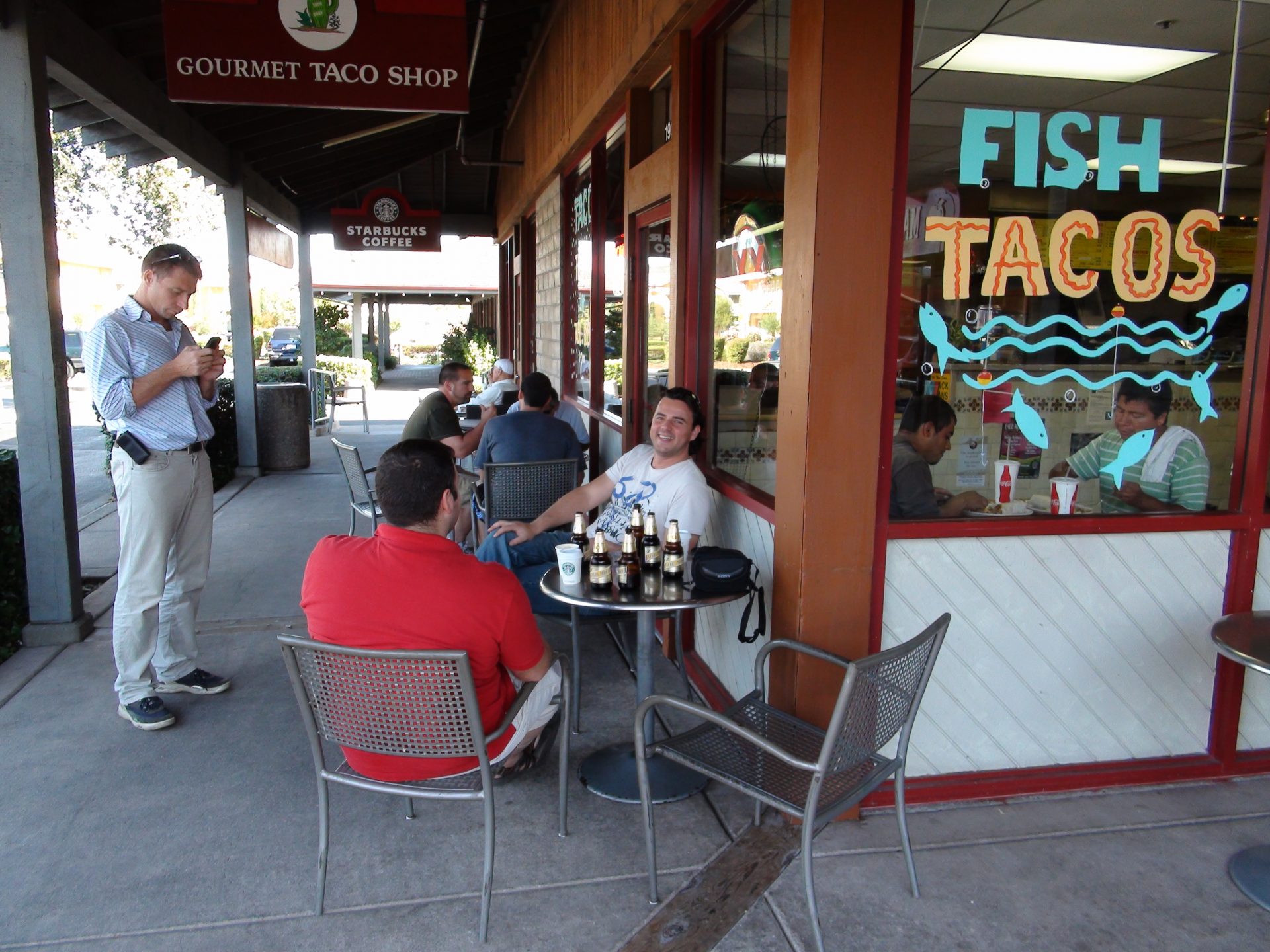

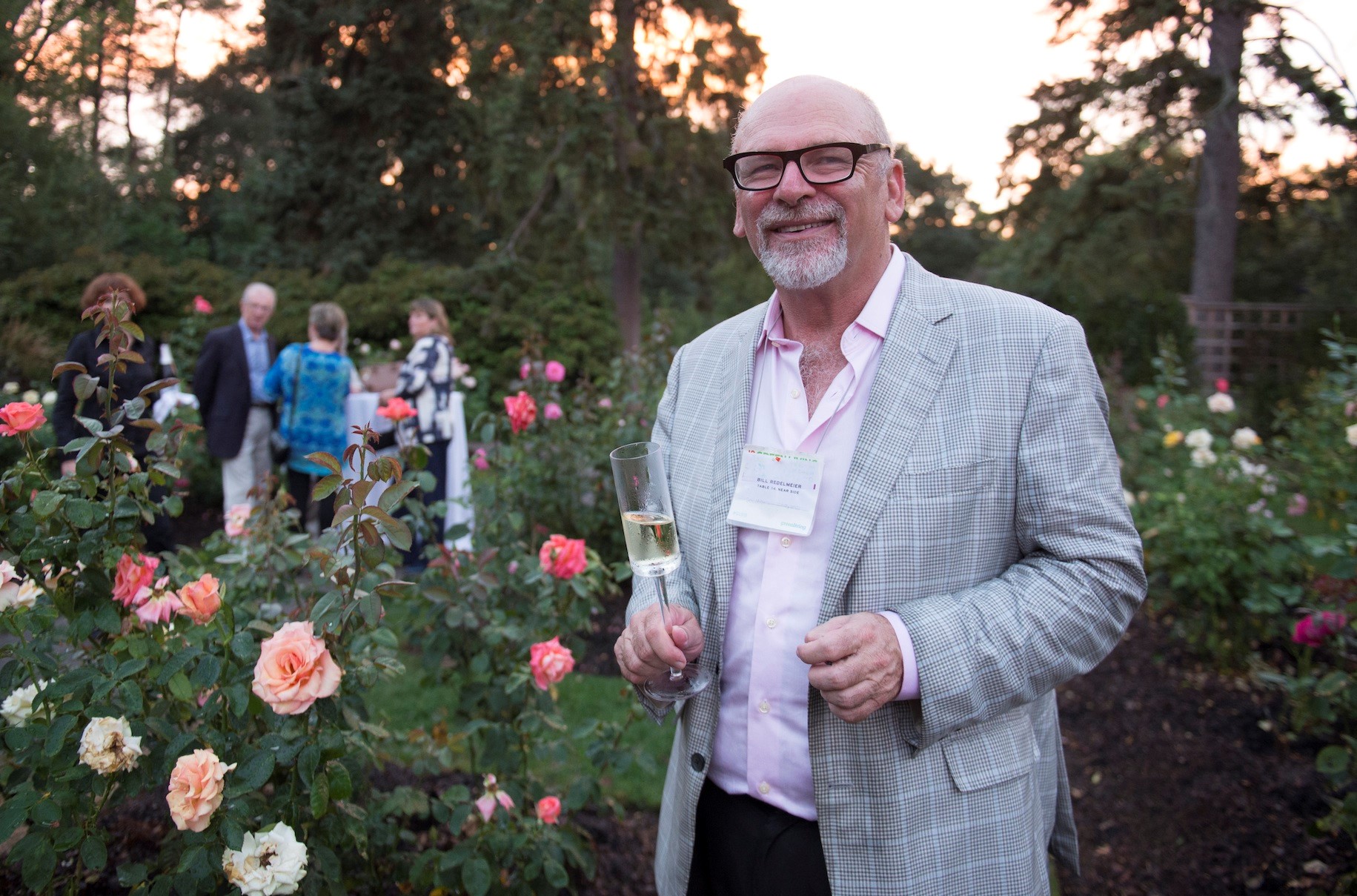
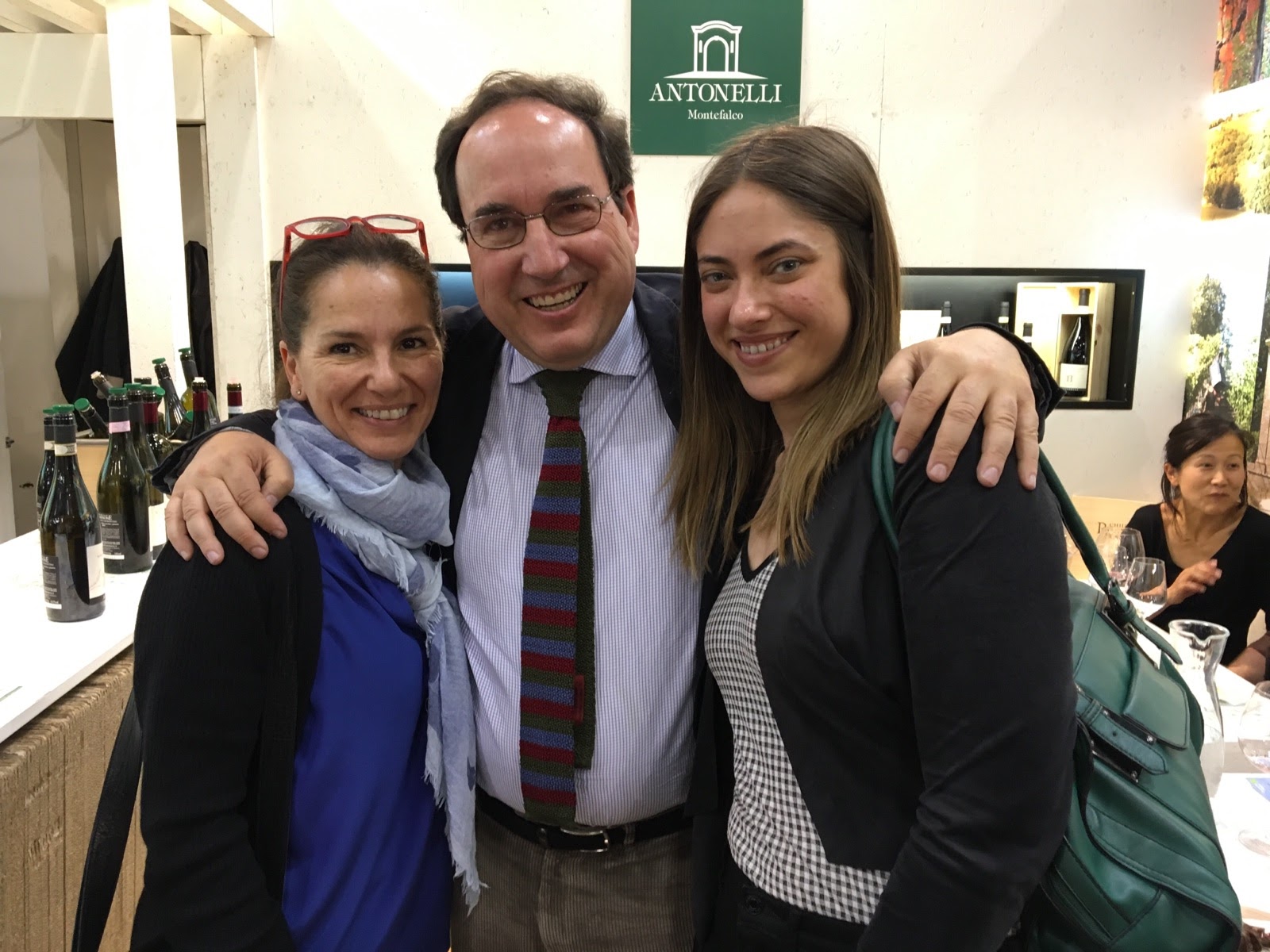
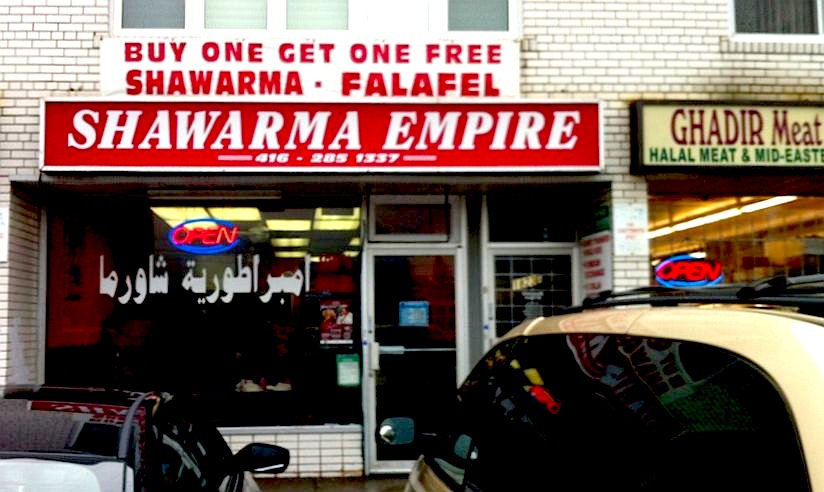
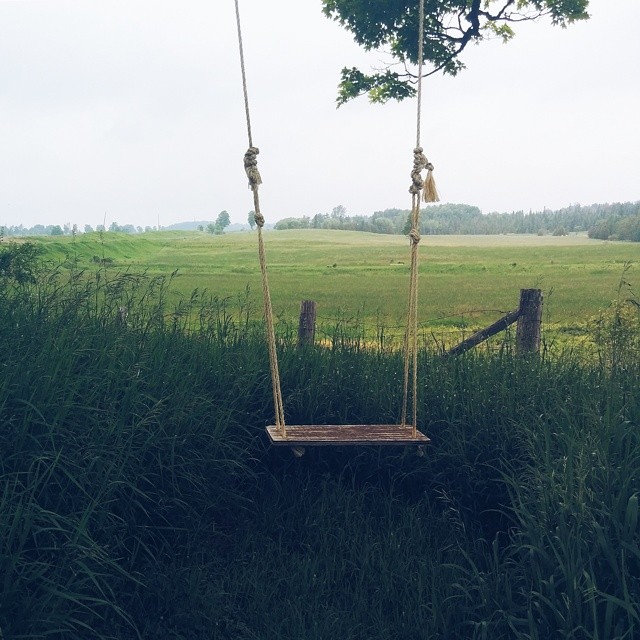

Trackbacks/Pingbacks